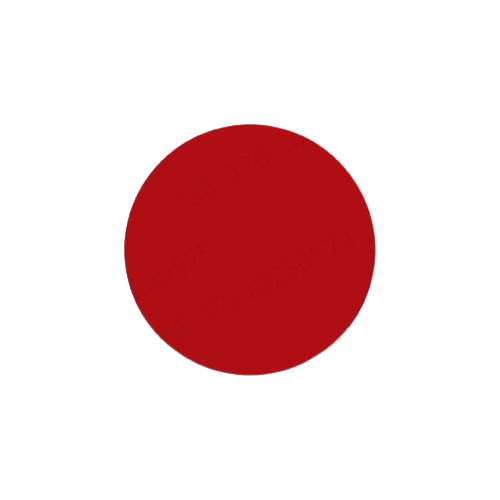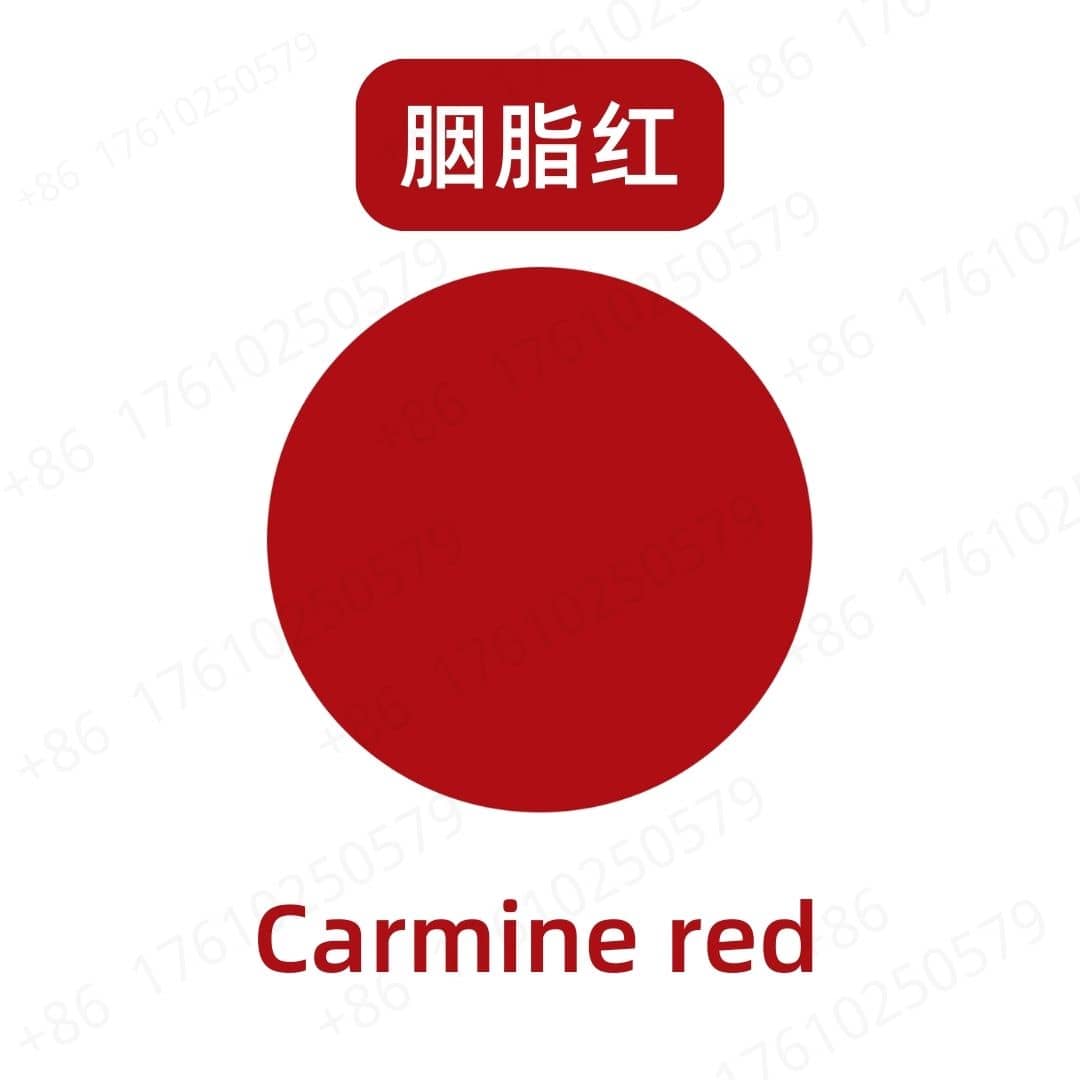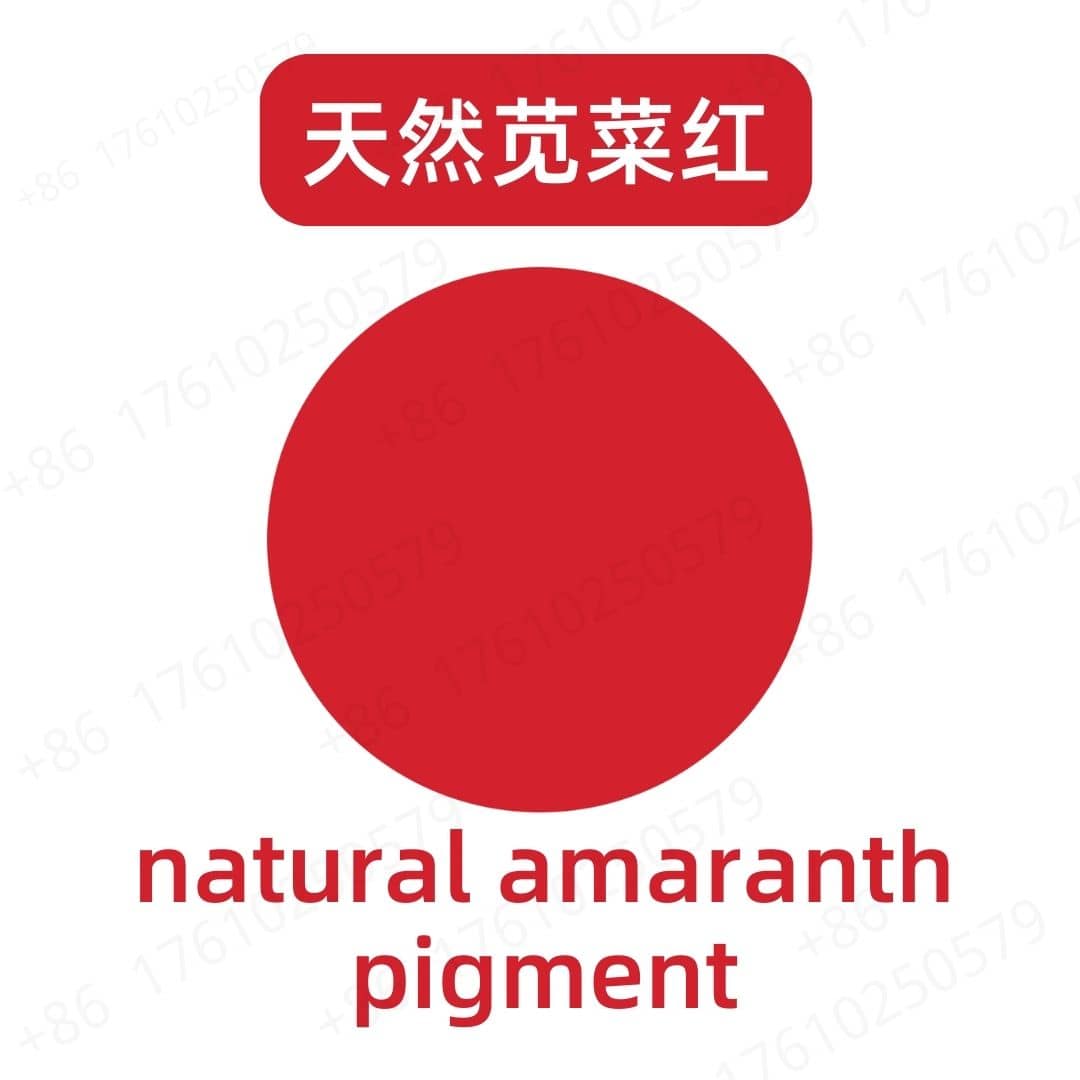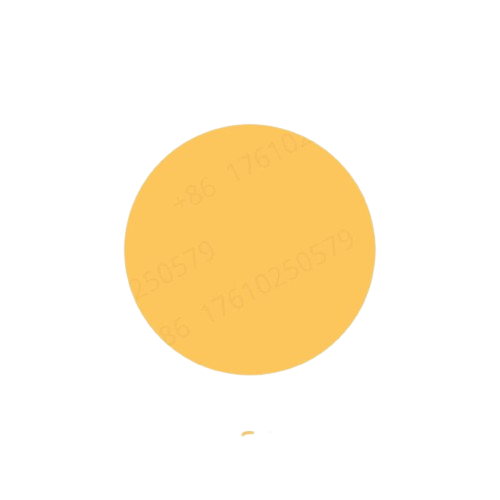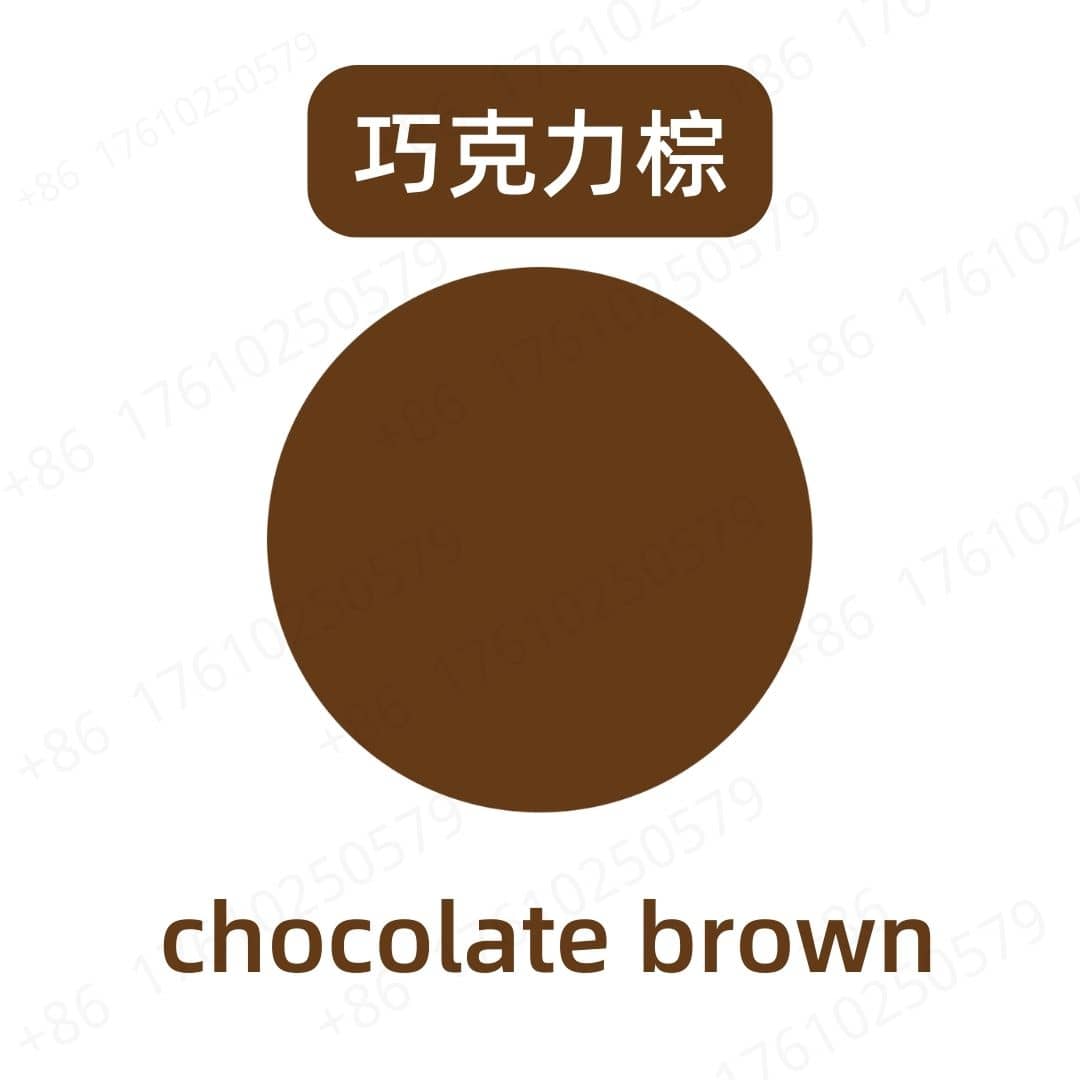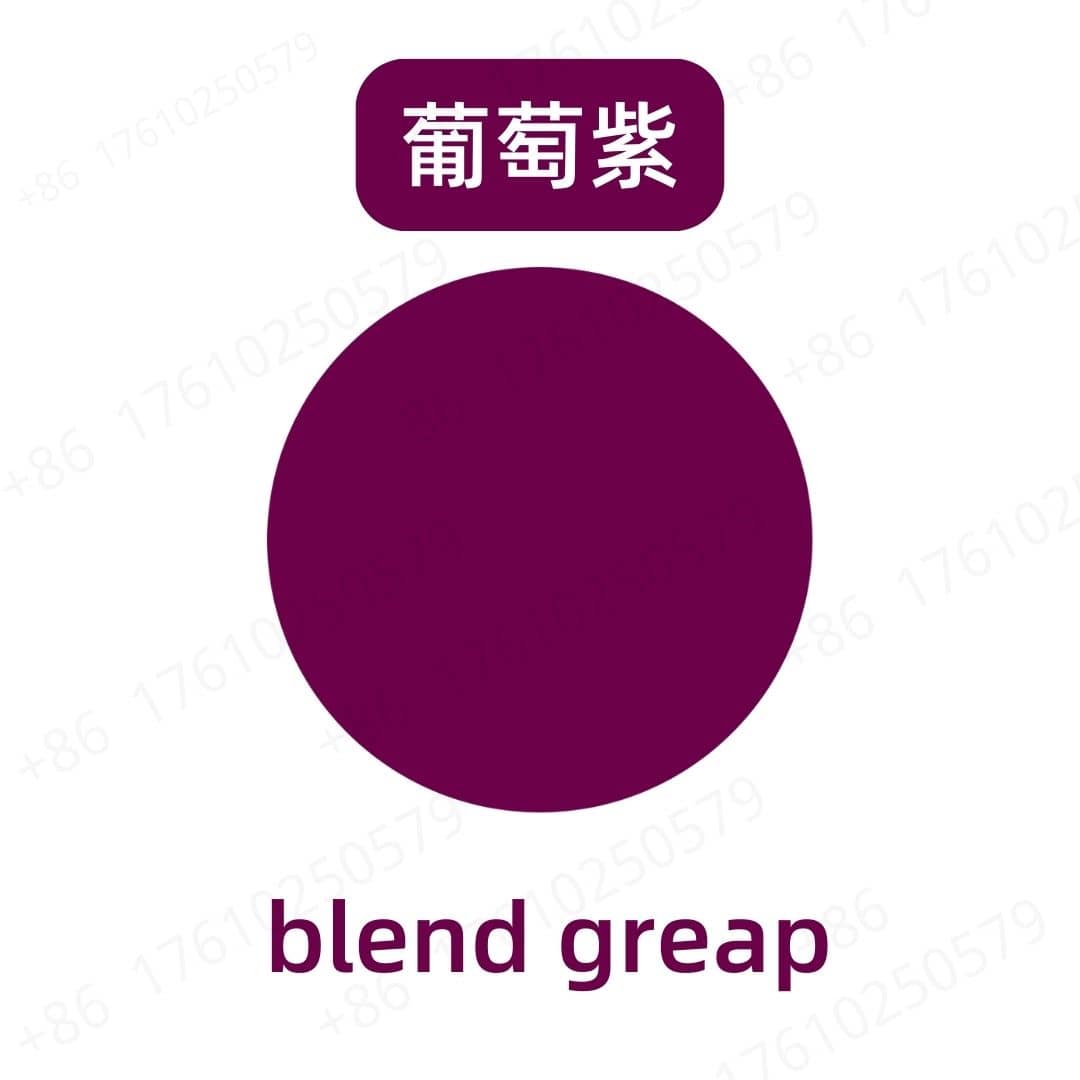Product Introduction
Tartrazine pigment, commonly known as Yellow No. 5, is a synthetic dye recognized for its vibrant yellow hue. It belongs to the azo dye family and is extensively used in the food and beverage industry for coloring various products. Tartrazine exhibits good solubility in water, making it suitable for liquid applications. Beyond food, it is also found in cosmetic products and pharmaceuticals. Understanding its properties, usage, and safety is essential for its application in various industries.
Production Process
The production of tartrazine involves several chemical processes. It is synthesized from aromatic compounds, which are derived primarily from coal tar and petroleum. The manufacturing process typically includes diazotization and coupling reactions that create the final dye compound. Quality control measures are in place to ensure that the final product meets industry standards for purity and performance. Once produced, it undergoes drying and grinding to achieve the desired mesh size for use in various applications.
Application Scenarios
Tartrazine pigment is extensively used in a variety of products. In the food and beverage sector, it is commonly added to candies, soft drinks, and snacks to enhance visual appeal. The cosmetic industry utilizes tartrazine for coloring products like shampoos, lotions, and makeup. It can also be found in pharmaceutical formulations, as it aids in identification and provides aesthetic appeal to medicinal products. Additionally, it may be used in arts and crafts for coloring various materials.
Packaging and Storage
Storage Conditions: Store in a sealed, light-proof container, away from high temperatures, in a dry, cool, and well-ventilated place.
Packaging: Bulk packaging available in 25kg fiber drums; samples can be packaged in 1kg aluminum foil bags; custom packaging options are available upon request.
Shipping Methods: Products can be shipped using FedEx, DHL, dedicated logistics, and sea freight consolidation.
Shelf Life: The shelf life of tartrazine pigment is two years, ensuring its effectiveness when stored properly.
Monica Sun possesses extensive technical expertise and market insights in the food additives industry. She excels in designing efficient and safe additive formulations tailored to various food applications, ranging from sweeteners to functional dietary fibers. Monica has successfully assisted food manufacturers in optimizing ingredient combinations to enhance product quality and improve consumer satisfaction.









